A guest blog by Amie Wheeldon on encouraging the re-establishment of European Rollers at breeding grounds in Northern Cyprus
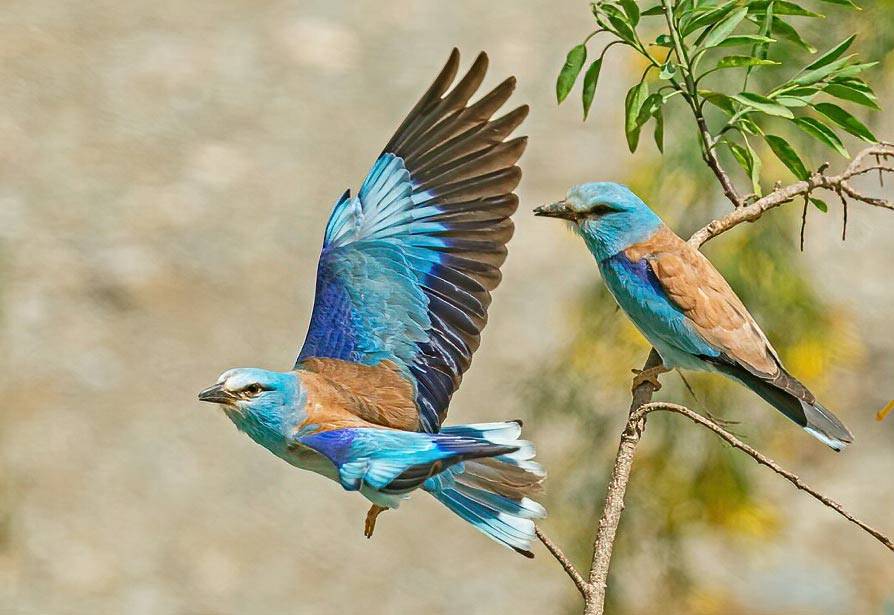
The European Roller Coracias garrulus is a charismatic species that was once more abundant in Cyprus, where it inhabits warm, open habitats with scattered trees. The species relies on large insect prey such as grasshoppers and beetles for sustenance and an abundance of these prey species is important for successful breeding. In addition to an abundance of prey, European Rollers require nesting holes. In continental Europe, these holes are often formed by the various woodpecker species, however, due to their absence in Cyprus holes are often provided in mud banks by European Bee-eaters or through cavities in buildings, rocks and in mature trees. As a trans-continental migrant, this species over-winters in Africa, moving north in summer to breed. Populations can be found as far north as Lithuania and Poland, with the entire European population accounting for 40% of the roller’s breeding range. There is also breeding populations in Central Asia and the Middle East. In these areas declines have not been noticed and so the global population is relatively stable.
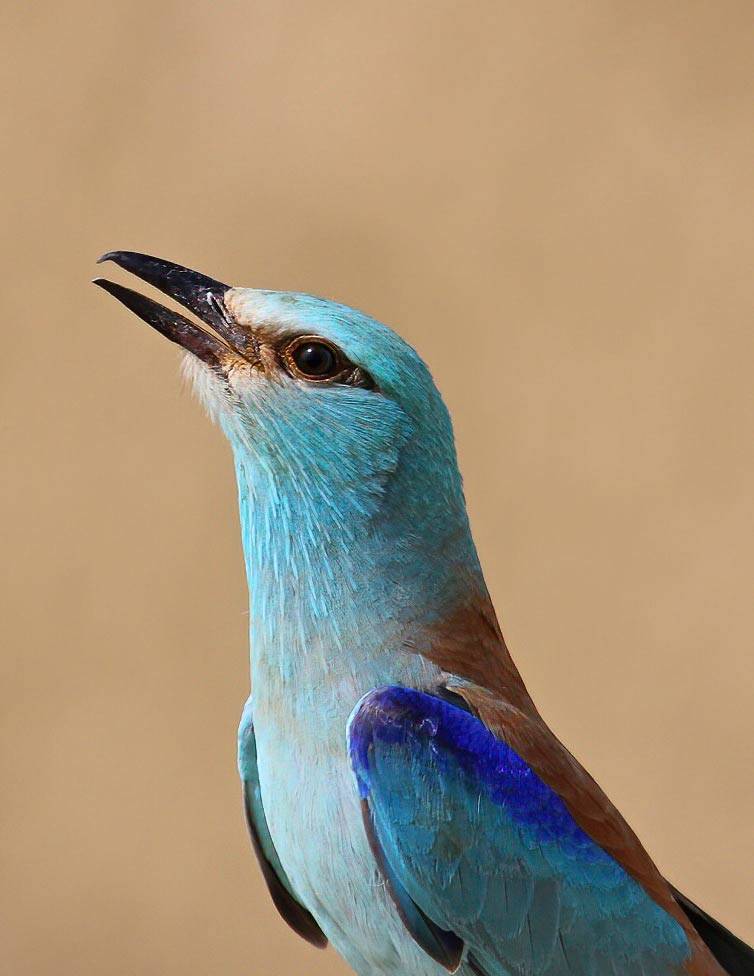
Threats
In recent years there has been a marked decline in the European population, including extinctions in Germany, Sweden, Denmark and Finland. Persecution on migration and the loss of suitable nesting habitat through agricultural shifts are the main threats causing the population decline in Europe.
In Northern Cyprus, farming practices have expanded and the Mesarya Plain, that was once dense with trees and scrubland, is now a monoculture of farmland pastures. The species is still quite abundant on the Karpaz Peninsula and northern coast, areas which have been left relatively untouched by intensive agricultural practices. Indeed, the gorgeous flash of their blue plumage is a welcome sight in these areas, and they are enjoyed by the many birdwatchers who visit Northern Cyprus. Infact, the Karpaz Peninsula is recognised by Birdlife International as an Important Bird and Biodiversity Area (IBA), partly because of its important numbers of breeding European Rollers.
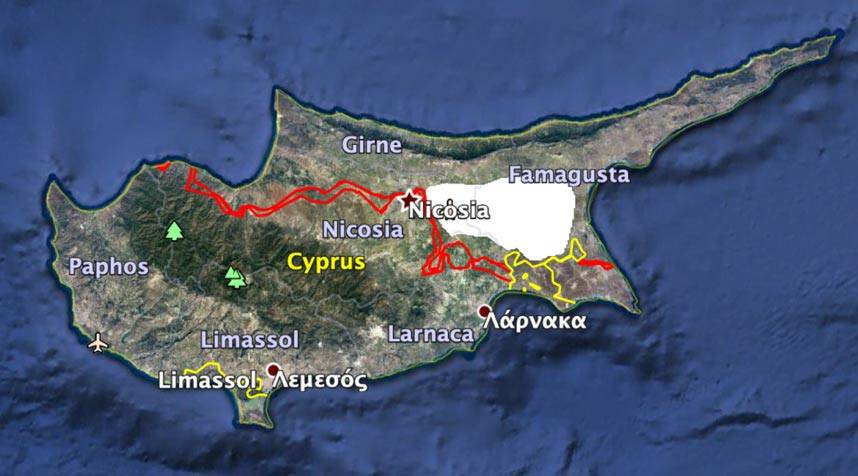
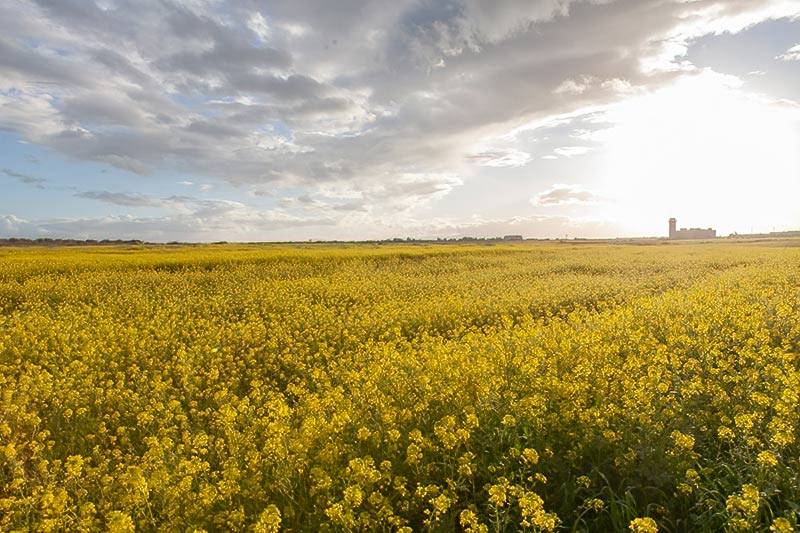
Action plan
It is common that various bird species utilise nest boxes when natural nesting sites in an area are scarce. With this in mind, KUŞKOR (The Society for the Protection of Birds and Nature) set out to increase the potential for breeding of the European Roller throughout the Mesarya Plain, where limited nesting had been observed in abandoned bee-eater nests along the Kanlıdere River. Due to agricultural practices, the site clearly has an abundance of insect prey, needed to sustain a successful population. Grasshoppers are often a complaint of farmers on the plains and so the increase in the Roller population would act as a natural pest control in the area. With the erection of nest boxes, we hoped to increase the chances of successful breeding.
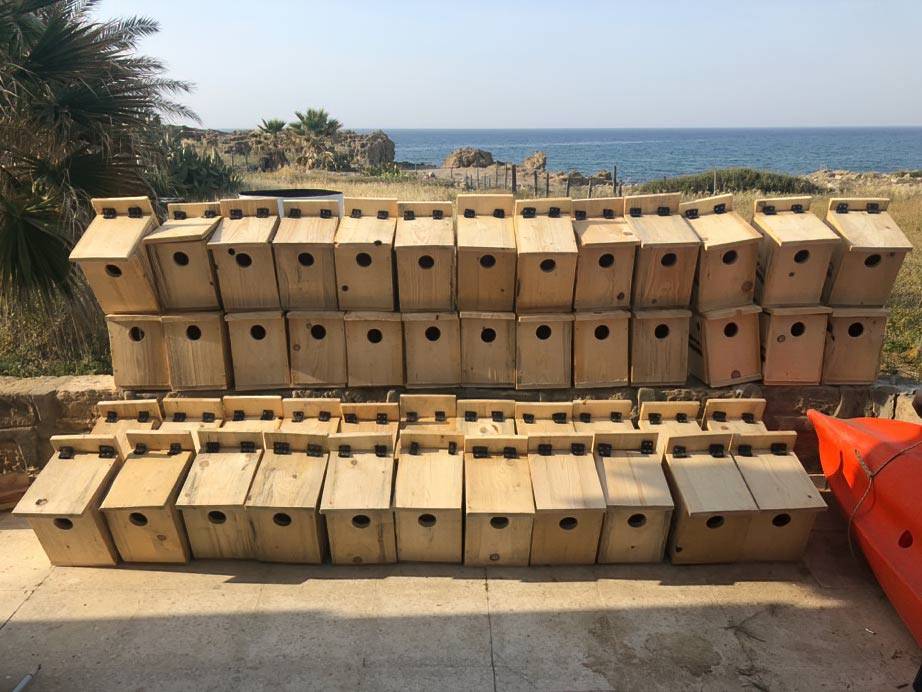
Nest boxes were places on telegraph poles or eucalyptus trees at a height of at least 2 metres. In 2016, 44 nest boxes were placed in the plains, with a further 30 being erected in 2018 with support of a small grant from the OSME conservation fund. It must be noted that one of these 30 nest boxes was used to replace a nest box that had been shot down. Over the course of the 3 years, 9 nest boxes were shot or lost, leaving a total of 54 that could be used for nesting. When nest boxes were checked, any appropriately developed chicks were ringed with a KUŞKOR scheme (a EURING member scheme) ring allowing for the tracking and identification of individuals in the future. All nest boxes were checked at least once between May and July each year, except for in 2020 when Covid 19 restrictions prevented field work. Upon checking, any signs of nest box abandonment, other species occupancy, paper wasp infestation (which led to a few stings) or no activity were all noted. If European Rollers were present, the number of eggs and live or dead chicks were counted.
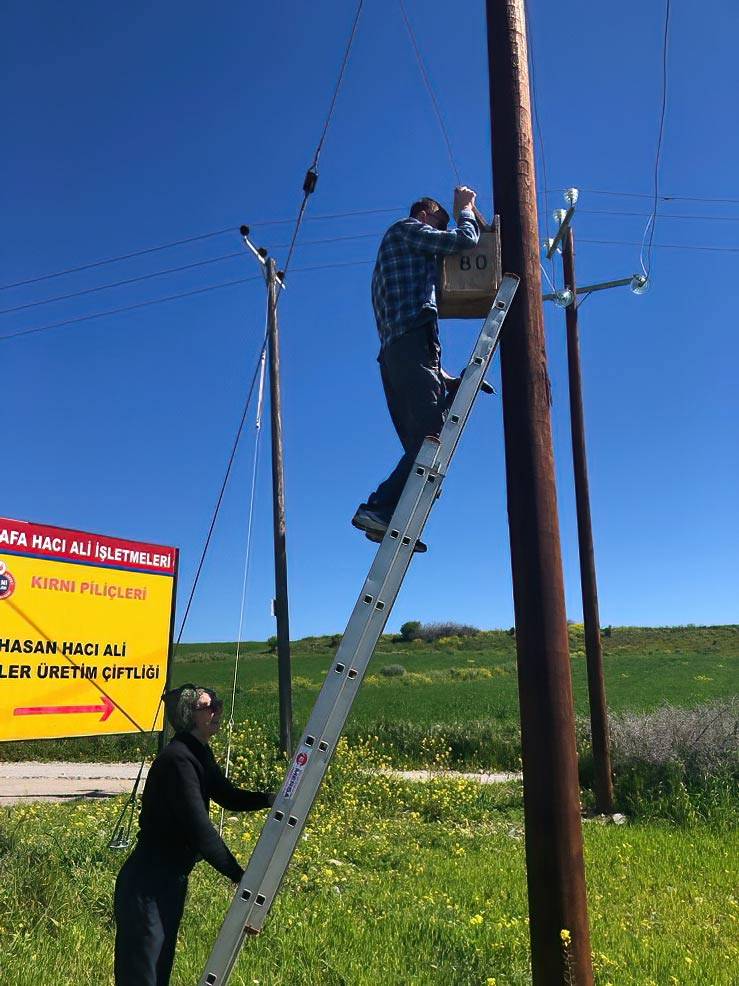
So far so good…
In 2016 and so the first year of the nest boxes being available, 2 of them were occupied by rollers with both nests producing a clutch. This increased to 8 occupancies in 2017 and 11 in 2018. When more nest boxes were erected in 2018, 2 of these were occupied the same year, resulting in a total of 13 successful breeding sites for the European roller population. Between 2016 and 2018, with the help of KUŞKOR volunteers, 28 chicks were successfully ringed. It is evident that allowing time between erecting a nest box and its occupation is important. It is also clear to us that rollers will use nest boxes that have previously been occupied by other species such as House sparrows and Great tits, and so they will not be out-competed for these new nesting locations. Non-target occupancy was mostly from house sparrows, who would fill the boxes with nesting material, often making them of little use to rollers. Therefore, after fledging, where possible, any sparrow nesting material was removed. A take home from this has been that it is important to position the boxes far away from any potential existing house sparrow colonies, and so far from old buildings or settlements.
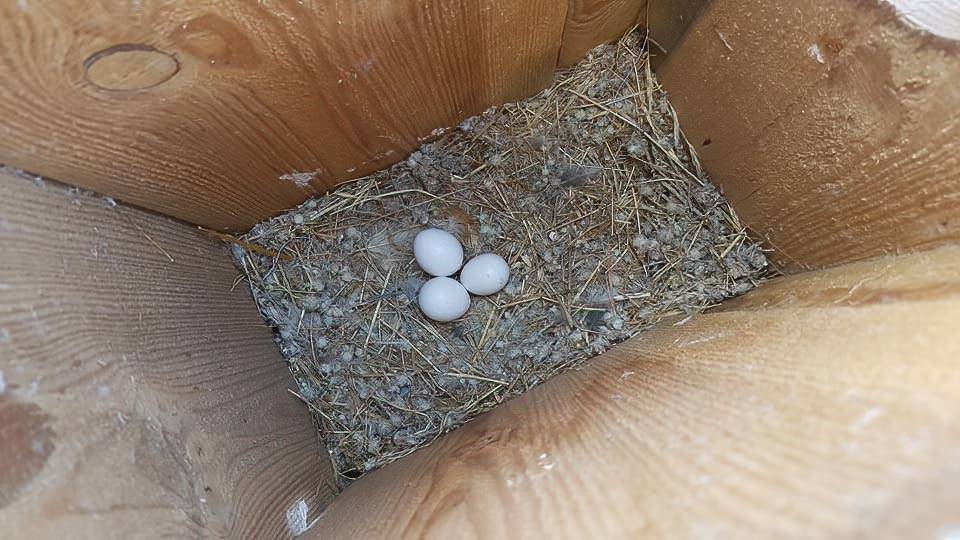
Future plans
So far, the project has introduced new breeding sites to the North Cyprus European Roller population. Through the continuation of nest box monitoring and the ringing of chicks we hope to see further usage of these nesting sites. We hope to catch adult birds on the nest to ring them and assess their breeding histories in the years to come. This will also be important to see whether chicks that are ringed on site are utilising the neighbouring nest boxes for their own breeding purposes. It has been exciting to see this vast farmland area being utilised by this charismatic species once again and the future certainly looks more promising for this species in Cyprus.
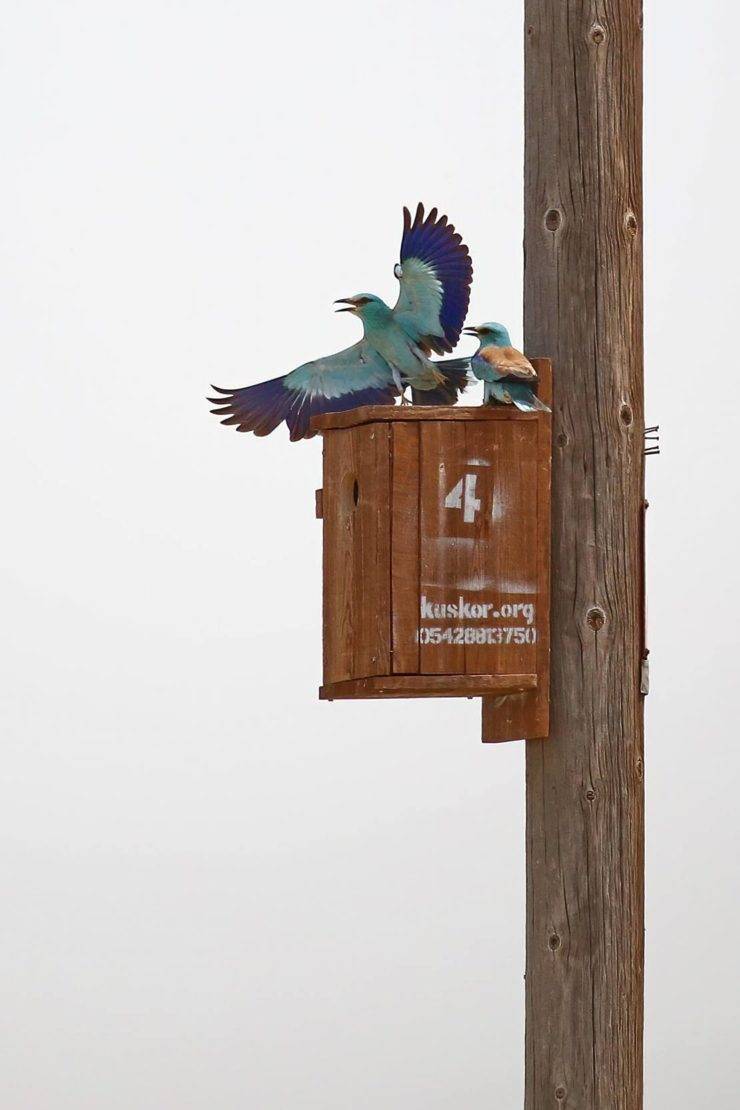
KUŞKOR is a small organisation that does a lot of work with a little capacity and is extremely grateful to the OSME conservation fund for supporting this pilot work. We hope to continue to maintain and monitor the existing nest boxes. To become a member or donate to support our activities email our volunteer Memberships officer Gavin Croucher at gavin.croucher@hotmail.com.

Amie Wheeldon is studying for a PhD in avian bioacoustics looking at the duetting behaviour of the Yellow-breasted boubou from Cameroon. As well as her studies she is an active bird ringer in the UK and has done lots of voluntary work for KUŞKOR.

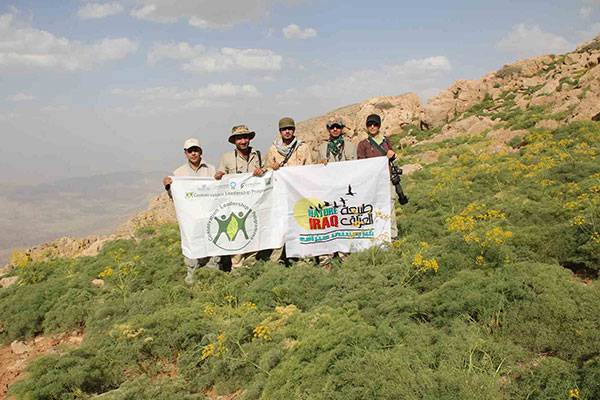
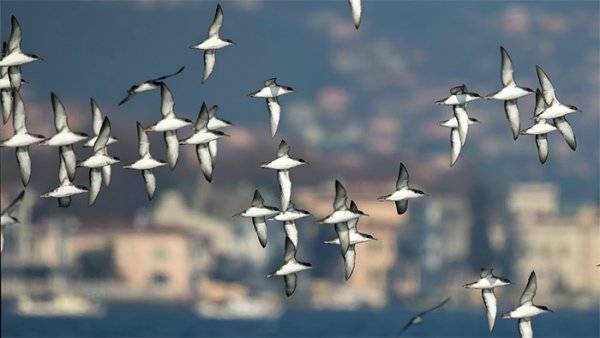
Great work!
fantastic outcome within such short time, hope the efforts grow…
nicely put together and great write up…
Excellent Amie. I was pleased to be able to help you in with this in northern Cyprus a couple of summers ago. Glad to read about the progress.
I am due in Cyprus for a couple of weeks as from 6th April – will the migrant Rollers have arrived by then. I will make an effort to visit your area and maybe see some of your brilliant work.
Thanks David. I think you will be lucky to see them in the first half of April but you may see early migrants in Karpaz. In anticipation of their arrival at the field site, this Saturday KUSKOR will be doing some maintenance on the existing boxes and erecting new ones in the area between Haspolat and Balikesir along the Kanlidere river.
info@kuskor.org for any advice and records greatly received for our reports.